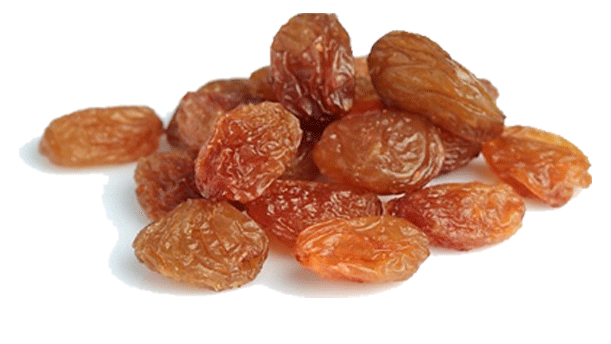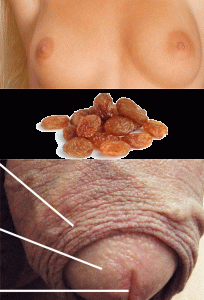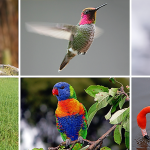WE WERE quite puzzled by the etymological fact that nipples and penises have the same or the connected mono syllabic root morpheme *zb. Though ‘penis’ is not listed as one of the meanings of the word, Akkadian ‘zibbatu’ “tail” is close enough since in dormant mode it could be mistaken for a chopped off hairy cat’s tail. However, ‘zib’ in Arabic means “penis”. Another name is “air” from the bilateral root that gave the Latin speakers the indispensable word “Eros” and the academia’s “orotology”. But then, how are nipples (‘biz’, a reversed bilateral) connected to it, let alone ‘zbib’ “raisins”?

It was pointed out in another post that early humans didn’t create words by the bucketful. What they did was to create linguistic categories. Everything that could be eaten is “akal”, everything that could be drank is “m'”, everything that flies is “tr” with a dot under the “t”. When we looked at “raisins, nipples and penises” as a category the connection became clear. The three have a similar look. The shrivelled skin of raisins resembled to ancient societies the shrivelled skin of a relaxed member and so is the skin of a nipple. Moreover, the nipple does look like the tip of a penis, and it secrets a white liquid when sucked and so is the penis, but this is not recommended for babies as the most massive deluge contains a single puny calorie, and no danger there of a sudden influx of unwanted fat for girls.

Whether the nipple started as a penis, or the penis started as a nipple and later on migrated to the known positions in today’s humans, the guys at the etymology workshop had no opinion. Nor are we qualified to theorize whether the act of sucking for adults is a subconscious crave for the good old days when we sucked away at our mum’s tits re-enacted by the subconscious recognition of the same textureous terrain.
What we can tell you is that all of us stopped eating raisins and sucking nipples unless it is a tit for that. Please avoid sending a link of this post to men addicted to sucking nipples or eating raisins. The origin of the name of raisins is now known. Every time you see one you will remember the resemblance.
We do.
Last modified: December 30, 2022



